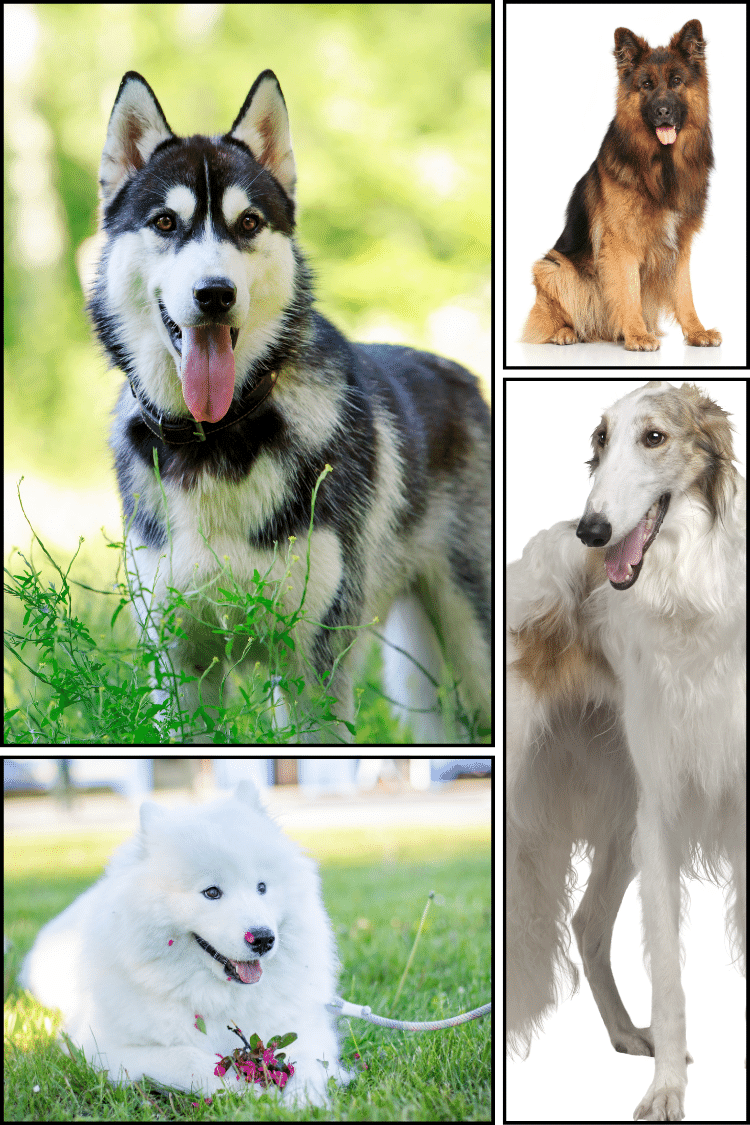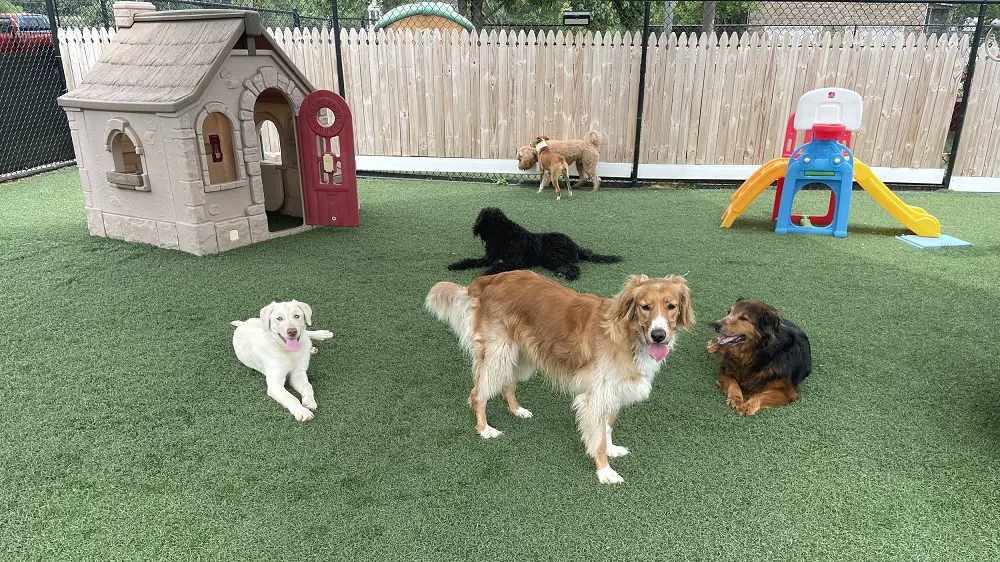15 Ways On How To Help Dog With Arthritis

Perhaps the most challenging to cope with in dogs is arthritis, which markedly affects your dog's mobility, comfort, and general well-being, and it is something many pet owners have to tolerate as dogs grow older, resulting in throbbing aches and stiffness in joints.
By working on the techniques that will make his life easier, you will graciously but tenderly help your dog who suffers from arthritis, be it more comfortable in the world they live in and your love and help should always be there for them.
In this article below, are some ways to help your dog with arthritis.
1. Maintain A Healthy Weight
An ideal weight for your dog is the most critical step in managing arthritis, for the simple reason that excess weight puts additional pressure on joints which increases pain and inflammation, feeding a properly balanced amount of food and avoiding overfeeding can help your dog maintain an ideal weight, easing its joints of extra burden and slowing down the rapid progression of arthritis.
It is also equally important to exercise regularly to maintain weight besides diet control and low-impact activity exercises like walking and swimming shall have your dog active without placing too much stress on the joints, and this activity-to-rest balance can be very helpful in managing arthritis.
Maintaining your pet at a healthy weight reduces joint pain and thus improves the quality of life by easing the pain through movements and locomotion.
2. Balanced Diet For Joint Health
Supplementing their diet with a substantial amount of fish-based omega-3 fatty acid-rich food will help reduce some of the inflammation in joints and thus maintain joint health, a balanced diet in dogs is important in the maintenance of joint health since the foods contain the level of nutrients needed for the building up of strong bone and cartilage.
The intake of protein, vitamins, and minerals can strengthen the dog's muscles, subsidize joint stabilization, reduce stress or strain on the joints, keep clear of processed foods and ensure that the diet is rich in whole, natural ingredients for an overall improvement in dog health and their general functionality.
3. Adequate Hydration

If you keep your dog hydrated, the joints do the work of padding and protecting them from the friction that can make movement painful and uncomfortable, keeping the water bowls in easily accessible spots will make the dog drink more frequently during the day for the sake of their joints.
Proper hydration will help your dog's system clear out many of the toxins that could contribute to inflammation if they build up to too high a level and cause a decline in general health.
Monitoring your dog's intake of water by your dog and changing it accordingly with the season, activity level, and health condition keeping your dog well-hydrated is one of the easiest and most natural ways to maintain good joint health and manage arthritis symptoms so that he remains comfortable and active.
4. Low-Impact Exercise Routines
Simple exercises like walking or swimming would provide adequate exercise to keep the dog in good shape and health by avoiding further arthritic problems, provided you include brief sessions of frequent exercise within their routine, it will help in keeping flexibility in the joints and reducing stiffness in the joints.
This will further prevent weight increase and provide mental stimulation, something very much needed in dogs with arthritis such moderate exercise does not contribute to muscle wasting and allows the joints to be in good condition through support of the growth of muscles surrounding the joints.
Make sure that you vary the level of intensity and length of time of the exercise regularly according to the condition and response to it of your dog, so he remains active and stimulated and it is important in the management of arthritis and the improvement of their quality of life.
5. Controlled Walking Sessions
Brief walks on soft surfaces like grass or dirt paths will help to minimize the jarring on your dog's joints, hence reducing the possibility of further pain or injury, and these walks will be good opportunities to really observe your dog's comfort level and not stress him unnecessarily.
Controlled walking sessions also let one monitor any behavior changes that might indicate whether your dog is having a worse time due to arthritis and these can be tuned to the condition of your dog at any given time by simply changing the length and speed of the walk.
This could also involve resting while walking so that he would have the time to recover and enjoy himself without overwhelming his poor self and these sessions are a pretty simple way to exercise an arthritic dog while relieving its symptoms and promoting joint health while simultaneously keeping him active and interesting.
6. Swimming For Joint Relief

This would give him the freedom of movement without straining his joints and water partially supports most of a dog's weight through buoyancy, putting less pressure on joints to continue building muscle strength and flexibility without pain.
It enhances blood flow and cardiovascular fitness other than developing muscles to act on joints and improves mobility to joints, swimming regularly makes your dog more supple and hence rids it of stiffness and pain, giving your dog an easy time moving comfortably on land.
They should feel safe and comfortable in the water and you should be aware of your dog's response to swimming to let them enjoy the experience swimming will work well into your dog's exercise regime and provide low-impact but very effective management of symptoms of arthritis by keeping him active and ensuring the quality of life.
7. Massage Therapy
Massage can benefit a lot regarding pain and stiffness in dogs with arthritis due to relaxation and improved blood flow and a gentle local massage may allow these overly used compensatory muscles to relax and tighten up around joints when a dog has hurting joints.
Gently rubbing your dog in small circles around problem areas to help him feel better and improve his general mobility and massage can also ease mental and emotional irritation in dogs with arthritis, making them much more comfortable and caring for.
The frequency of massage sessions can turn this into an activity that cements your relationship with your dog, whereby you can note a response and adjust the technique accordingly to the needs and feelings of your dog and this will also make you more aware of any change your dog may have in their condition, such as sensitivity or swelling.
8. Acupuncture Treatment
It is one alternative therapy that can help alleviate the discomfort of dogs drawn from arthritis and allows the dog to rid itself of arthritic pain by stimulating acupoints in a dog's body and, when stimulated, really does decrease pain and reduce inflammation in the process.
Medical procedures carried out include piercing the skin with fine needles at some point, hoping that some pain relieving enzymes present naturally in the body are secreted in large amounts and circulation of blood is improved.
Acupuncture works as a treatment for pain but also relaxes the patient and relieves him from anxieties, very often associated with the lifestyle of an arthritic dog, it enhances the flow of energy in the body, bringing back a balance that provides for the body's natural capacities of self-healing.
9. Use Orthopedic Dog Beds

These beds are designed in such a way that pressure on the pressure points is alleviated and the joints are supported, an orthopedic bed has a surface that is hard but comfortable at the same time and also level cushions the weight of your dog evenly.
It can relieve stress on their aching joints so that they can just relax and sleep well and this view sets very well for the healthy recovery and comfort of your dog by being offered a bed that your dog has comfort to.
Orthopedic dog beds are commonly filled with memory foam or a myriad of other cushioning and supporting components, these help minimize the pain of arthritis. Other than relief from arthritic joints, they avoid sores or calluses fairly common in dogs restricted to limited movement.
10. Raised Food and Water Bowls
It reduces the level of bending the dog has to do, thereby putting less pressure on the neck and joints, it is going to manage mealtimes to be enjoyable for your pooch, especially if the dog is not so mobile.
Elevated bowls may work to reduce digestive upset simply because your dog can attain a more optimal position during eating and drinking. This would be fairly crucial for an arthritic dog, as the risk of bloat or other gastrointestinal distress that may be a result of eating from an unnatural posture is minimized.
This keeps you sure that they can go on providing needed support and elevated food and water bowls are just one small step to enhance the quality of life of your dog, making daily activities easier to live with arthritis symptoms.
11. Provide Non-Slip Flooring
Falling increases inflammation, causing joint pain and discomfort so tile or wood flooring is bad for an arthritic dog since most of them cannot maintain their balance on the slippery surface and will develop unnecessary strain on the joints.
Nonslip flooring will not only save your dog from falling but will also somehow provide safety and assurance to your dog while walking around the house and this is extremely important for dogs suffering from some sort of arthritic condition.
You can easily do a transformation of the flooring at your place through the steps, which will dramatically increase the safety and comfort of your dog by keeping at bay the symptoms of their arthritis, and hence their quality of life.
12. Use Joint-Supporting Harnesses

One of the practical solutions by which one could help the dog cope with its arthritis is by using such joint-supporting harnesses, which would be in hand for the proper dog support in the case of walking or climbing the stairs.
The harness distributes pressure to the dog's chest and shoulders, so there is no uneasiness in the neck and spine for no cause, unlike normal collars, so choose a harness that will assure you of supporting joints to help your dog move in greater comfort and confidence.
The support that it provides can be maintained by replacing the harness only when necessary, checking for any wear and tear, and working a harness that supports the joints into your dog's routine is going to go a long way toward managing his symptoms of arthritis and associated pain and improving his overall activity and engagement.
13. Provide Warm Compresses
A warm and moist towel or heating pad applied to the sore joints increases blood supply to the area, decreases stiffness, and relaxes the tight muscles, all contributing to the comfort of your dog in moving around.
Warm compresses will reduce pain and swelling, thus improving joint recovery from arthritis, constant heat lets a dog's body relax and recover on its own from its daily tension, and you can prevent him from discomfort or burns by not making the compress too hot and keeping a watch on the reaction of your dog.
Add warm compresses to your dog's daily routine for comfort and mobility, as it works well after exercise or during cold weather.
14. Comfortable Resting Areas
It includes provision for comfortable rest areas, especially those areas in which it's lying down and recuperating from daily activities without any unnecessary strain being placed on its joints. This can be achieved by providing a quiet area with soft and supportive bedding that lets your dog stretch out without pain or discomfort.
This not only adds some comfort to the resting area but also cushions the area, you can add some blankets or pillows for some extra joint support and they help keep your dog warm since cold adds to stiffness and discomfort in joints.
This positive reinforcement will help your furry friend associate places that are similar to this with relaxation and comfortable resting areas in and around your house make a huge difference in controlling the arthritic symptoms.
15. Regular Veterinary Check-Ups

Scheduling regular check-in visits to the veterinarian is important in managing dog arthritis, as such visits offer excellent opportunities for early detection and treatment of changes in the condition of your dog.
Regular checkup is required from the attending veterinarian on the condition of your dog's joints and later follow-up on their progress, this way he/she shall know whatever changes need to be made in the treatment to ensure the best for your dog.
Checkups will not only prevent the progression of arthritis but also give support to your dog so that he may continue living his life in comfort and activity.
Top Lists






